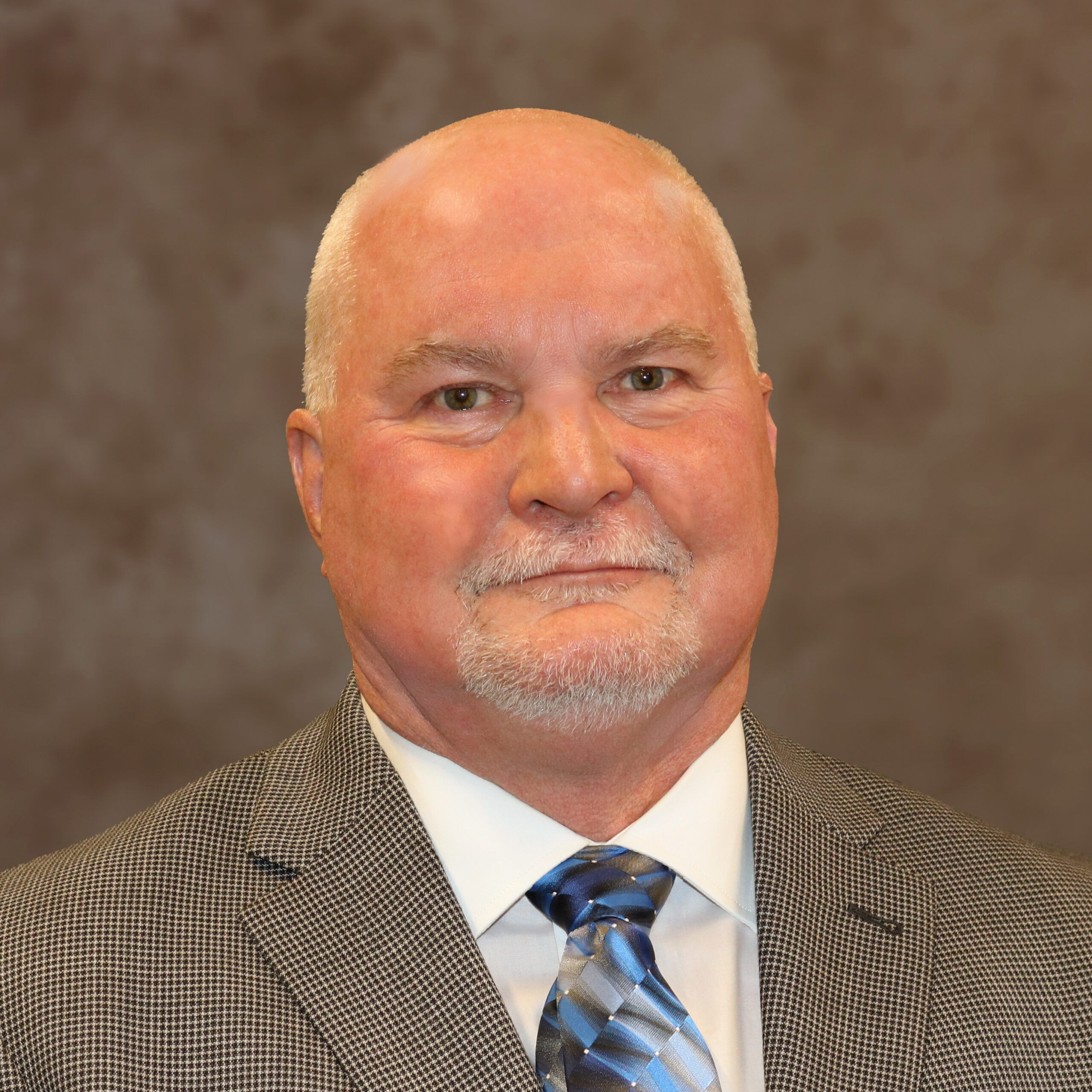OSHA Steps Up Enforcement Activities – CCIG
 OSHA Steps Up Enforcement Activities
OSHA Steps Up Enforcement Activities
by Gary Glader – Practice Area Leader, Safety Consulting, CCIG
OSHA was largely grounded during the first two years of the COVID-19 pandemic. Although they still responded to fatalities, serious injuries and complaints, their ability to actively inspect workplaces was dampened by the focus on COVID protections in the workplace and limitations on inspectors physically visiting workplaces. OSHA conducted a total of 33,000 inspections in 2019, 22,000 in 2020, and 24,000 in 2021. As mentioned, many of these inspections focused specifically on COVID. With the worst of the pandemic behind us, the agency will likely return to regular, if not elevated, inspection levels.
How OSHA Defines Violations
OSHA is focusing its attention on employers with repeat or willful violations.
- A repeat violation occurs when an employer receives a violation for essentially the same hazard cited by the agency within a three-year period of time. Because some standards are quite complex, the agency can issue a repeat violation if the hazard is essentially similar to the original violation.
- A willful violation occurs when the employer knowingly exposes their employees to hazards capable of causing serious physical harm or death. In a growing number of cases, OSHA has also brought criminal charges against employers for failing to provide a safe workplace.
There are significant financial and reputational consequences to repeat and willful violations. In 2015, OSHA tied increases in penalties (fines) to inflation instead of waiting years to impose an increase. Currently, the largest penalty for a single serious OSHA violation is $14,502. Repeat violations can be up to 10X the original penalty, and up to $145,027 for each willful violation. Depending on the circumstances, some inspections may result in penalties surpassing hundreds of thousands of dollars.
For some companies, the reputational damage is far worse than the financial impact of the penalties. Many safety-conscious companies choose their business partners carefully and will exclude businesses who do not comply with safety and health requirements. Every employer’s OSHA compliance history is publicly available on OSHA’s website, including state run programs.
General contractors and high-profile owners often exclude subcontractors from submitting a bid if they have a repeat or willful violation in their OSHA compliance history. Losing the opportunity to bid work is a significant consequence and cost of non-compliance. OSHA also issues press releases following repeat and willful citations as a deterrent to other employers who do not take their compliance obligations seriously.
Protecting Your Organization from OSHA Violations
So, how do you safeguard your organization from willful or repeat OSHA violations? Here are some of our recommendations.
First, become familiar with the OSHA regulations and standards that pertain to your industry. Focus first on the most significant hazards in your operation. In construction, fall protection, electrical safety, excavations, and struck-by hazards are responsible for the most deaths and serious injuries. In manufacturing, hazards include unguarded machinery, absence of a lockout/tagout program, energized electrical circuits, the use of hazardous chemicals, falls, and forklift operations. Your safety program protects your employees by addressing these hazards.
Managers and supervisors can also expose the organization to repeat and willful violations by failing to implement and enforce company safety standards. For example, a foreman who fails to provide cave-in protection for workers in a trench exposes the company to willful violations, even though the company provides the protection and expects it to be utilized. Many of these employers are caught by surprise after an OSHA inspection results in a repeat or willful violation. To prevent this from happening, employers should conduct periodic inspections to make sure the rules are being implemented. When inspections determine procedures are not being followed, consequences should include disciplinary action. Rules are more likely to be followed when they are enforced, especially when protecting against hazards likely to cause death or serious injury.
To avoid the financial and reputational damage associated with repeat and willful violations, employers should consider taking the following steps:
- Understand the OSHA requirements that apply to the most common hazards in your industry.
- Develop safety policies and procedures designed to protect against these hazards.
- Periodically inspect jobsites and work areas to verify policies and procedures are being followed.
- Hold your team accountable when rules are violated (including supervisors who could have and should have addressed the hazard).
- Document all aspects of your safety program, including periodic inspections and disciplinary action.
All employers are advised to prepare for a possible OSHA inspection. Taking the steps above can help prevent the agency from issuing willful or repeat violations, or any violations at all.
There is no insurance policy available to cover the cost of OSHA penalties, but CCIG has safety professionals who can help you identify and develop the programs needed to address possible safety risks.
If you have questions about cost management strategies or your total cost of risk, please reach out to info@thinkccig.com. Our team is here to help you maximize your investment in your insurance programs.
